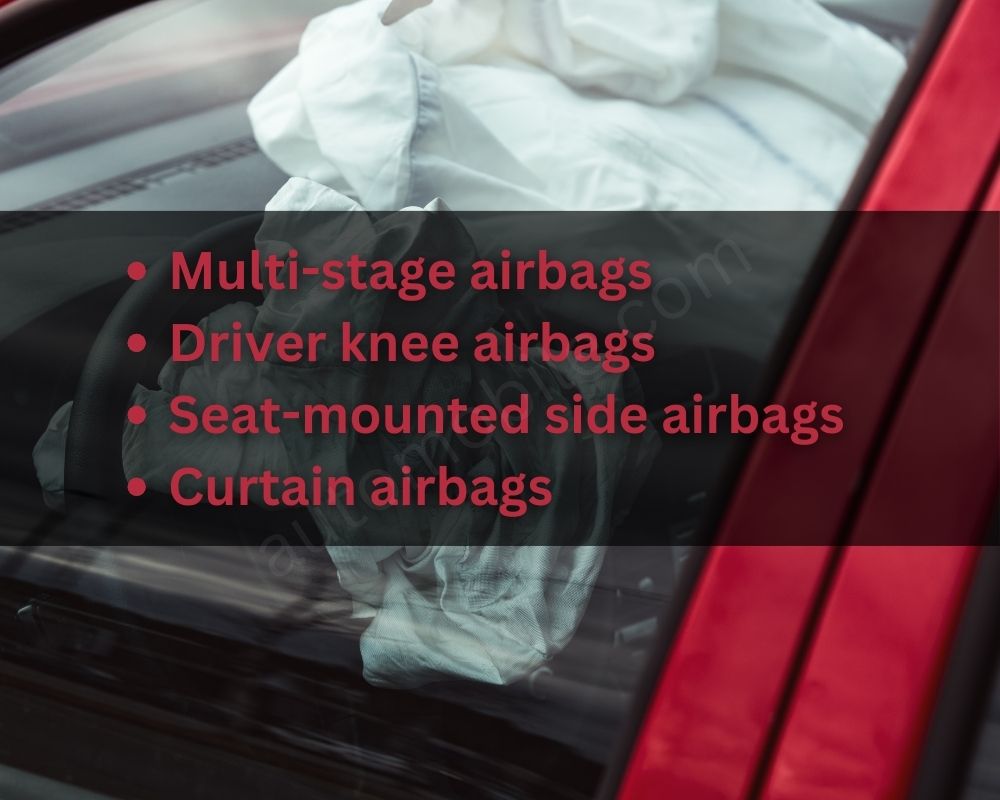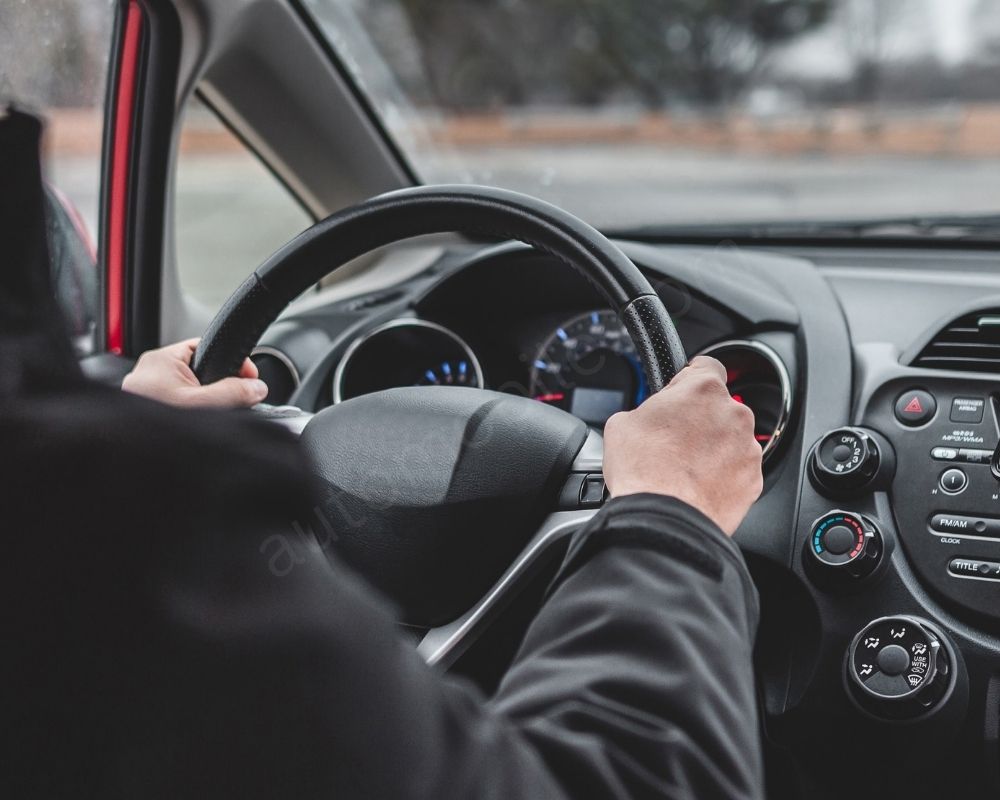Consider this situation – you’re on the highway, moving quickly, and the wind is blowing in your hair when all of a sudden, an unexpected crash occurs. In a blink of an eye, your life is a total mess. Amazingly, the technological breakthrough in recent years that can greatly increase your chance to leave such a predicament with just a few scratches is the airbag.
Airbags are not merely plain cushions but rapid inflating shields that protect within a blink of an eye. Highly developed sensors noticing the crash forces and inflate the airbag whose immediate function is to form a protective shield between the occupant and the hard interior of the car. This effect reduces the impact by mainly protecting the head, neck, chest, and abdomen from critical injuries.
Here’s why airbags are an indispensable feature in cars:

- Reduced Injury Severity: Numbers often speak louder than words do. Research has provided a clear link between the use of airbags and the reduction of fatalities and severe injuries in vehicular collisions. They dissipate the crash forces throughout a relatively larger area, thereby sparing the vehicle occupants much deadly head blows from striking the steering wheel, dashboard, or windshield.
- Seatbelt Synergy: Airbags function most effectively when acting in unison with seatbelts. Whilst the seatbelt restrains the occupant, stopping them from being ejected from the vehicle during an accident, the airbag provides an extra layer of cushioning and protection, reducing the consequences of the impact. Think of them as a dual safety device, which makes both of them work better.
- Tailored for Diverse Collisions: Modern cars now have airbags at different places so as to receive the right amount of energy in case of an accident. The deployment of frontal airbags for the driver and passenger is the first level of protection, while side airbags provide the necessary torso security in the case of a side-impact collision. Some cars incorporate the knee airbags as well. Such airbags are known to offer decent protection for lower legs in frontal collisions. This comprehensive approach ensures protection on frontal, lateral, and even rollover crashes which bring about a multi-directional defense system.
- Enhanced Safety Ratings: The fact that airbags are one of the primary factors when automotive safety agencies, like the National Highway Traffic Safety Administration (NHTSA) in the US, rate vehicles is a noteworthy point. The more number of airbags per car and the more varieties of them will mean a better result in crash tests representing a higher occupant protection level. A higher safety rating of the car means a car with better safety equipment, including airbags.
The Next Generation Airbag Technology

Airbag technology keeps on developing providing more and more advanced security. Newer cars may feature:
- Multi-stage airbags: These airbags can inflate with different degrees of force depending on the level of impact, and hence can provide customized protection.
- Driver knee airbags: As the airbags are deployed from the lower dashboard, they protect the knees of the driver from severe impacts with the hard structures.
- Seat-mounted side airbags: These airbags are integrated on the side of the seat, providing torso protection in side-crash collision.
- Curtain airbags: They roll out from the roof pillars along the sides of the car and thus protect all the passengers from a rollover or a side-impact collision on the head and neck.
The Role of Seatbelts in Protecting Life

One should keep in mind that although the airbags are definitely lifesavers, they aren’t 100% reliable. They work together with seat belts, and not all accidents call for them, especially low-speed collisions. Ensure that you and your passengers are wearing seatbelts to maximize protection. Surprisingly, in some cases, the airbags may simply not deploy or work properly if the seatbelt is not buckled since the airbags need the occupant to be strapped in the seat as a safety measure.
Active Safety Systems

Airbags are an integral part of a car’s passive safety systems, which are designed to reduce injuries after a crash occurrence. But, the car safety would soon be concentrated on the advanced driver-assistance systems (ADAS) which are meant to avoid a collision even before it happens. Functions like the automatic emergency braking, lane departure warning, and blind spot monitoring could all add to crash prevention and airbag avoidance altogether.
The Road to the Safe Future

Enforcing airbags in new cars, giving drivers proper education on their limits and importance, as well as supporting the development of advanced driver assistance systems, we can envision a world where any road trip involves hoping for the best but not worrying about failing. Airbags have become an indispensable safety feature nowadays. However, if we drive responsibly and stay vigilant behind the wheel, the chances of airbags having to deploy are lessened. Ultimately, we will be able to see a significant decrease in road accidents and casualties using these approaches making it possible to travel through the world with great tranquility.
Therefore, the next time you are about to drive, just make sure to fasten your seatbelt tightly, remain vigilant, and give a moment of gratitude and appreciation to those tiny angels located within the interior of your car; they are ready to provide their lifesaving cushions the moment something unexpected strikes. In fact, such minor preparations have a significant impact in guaranteeing that your trip runs smoothly and safely.

